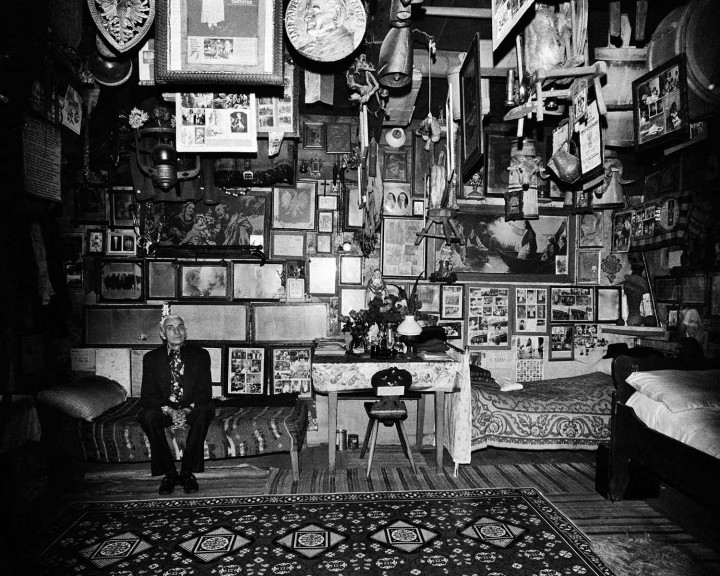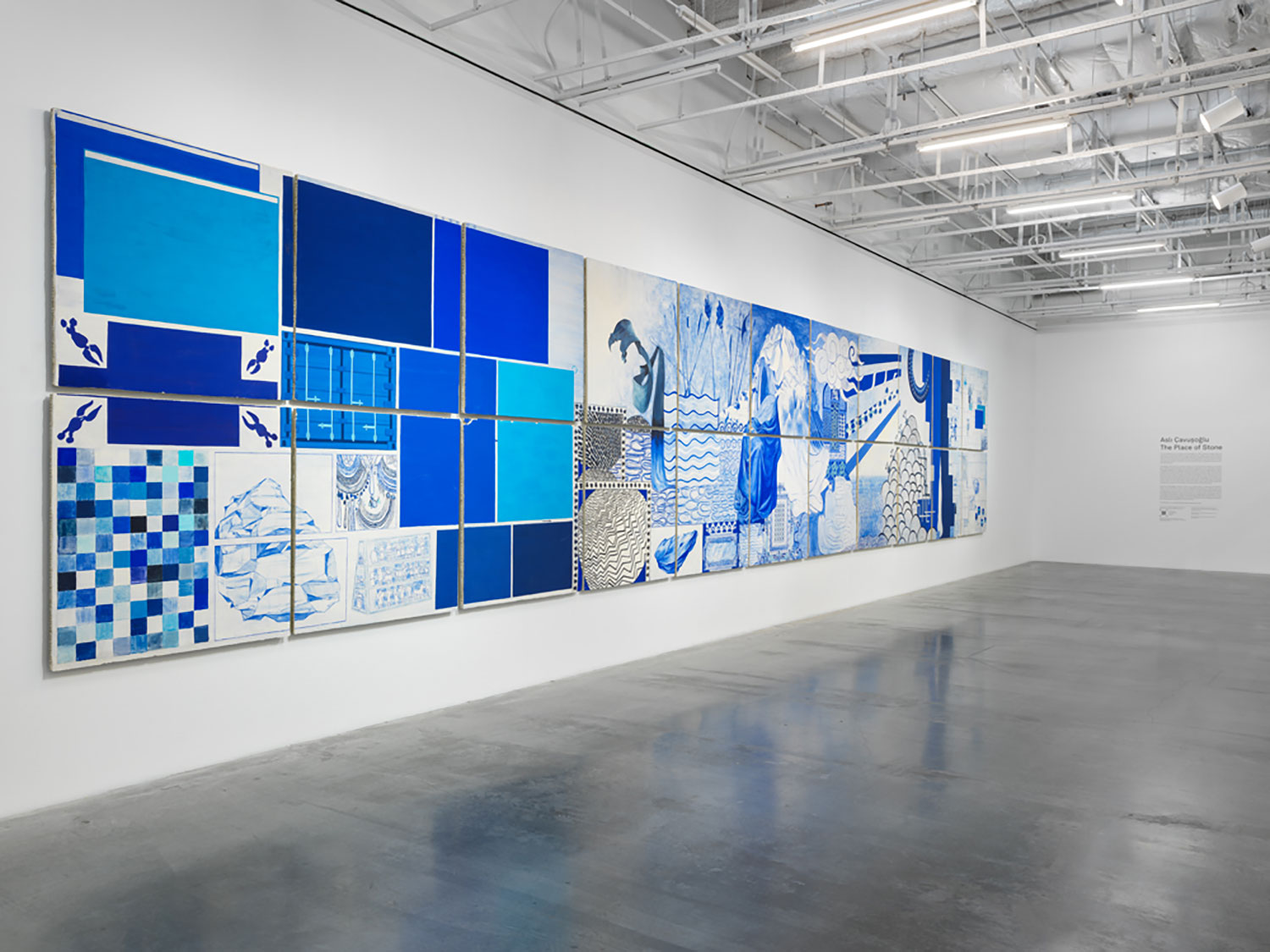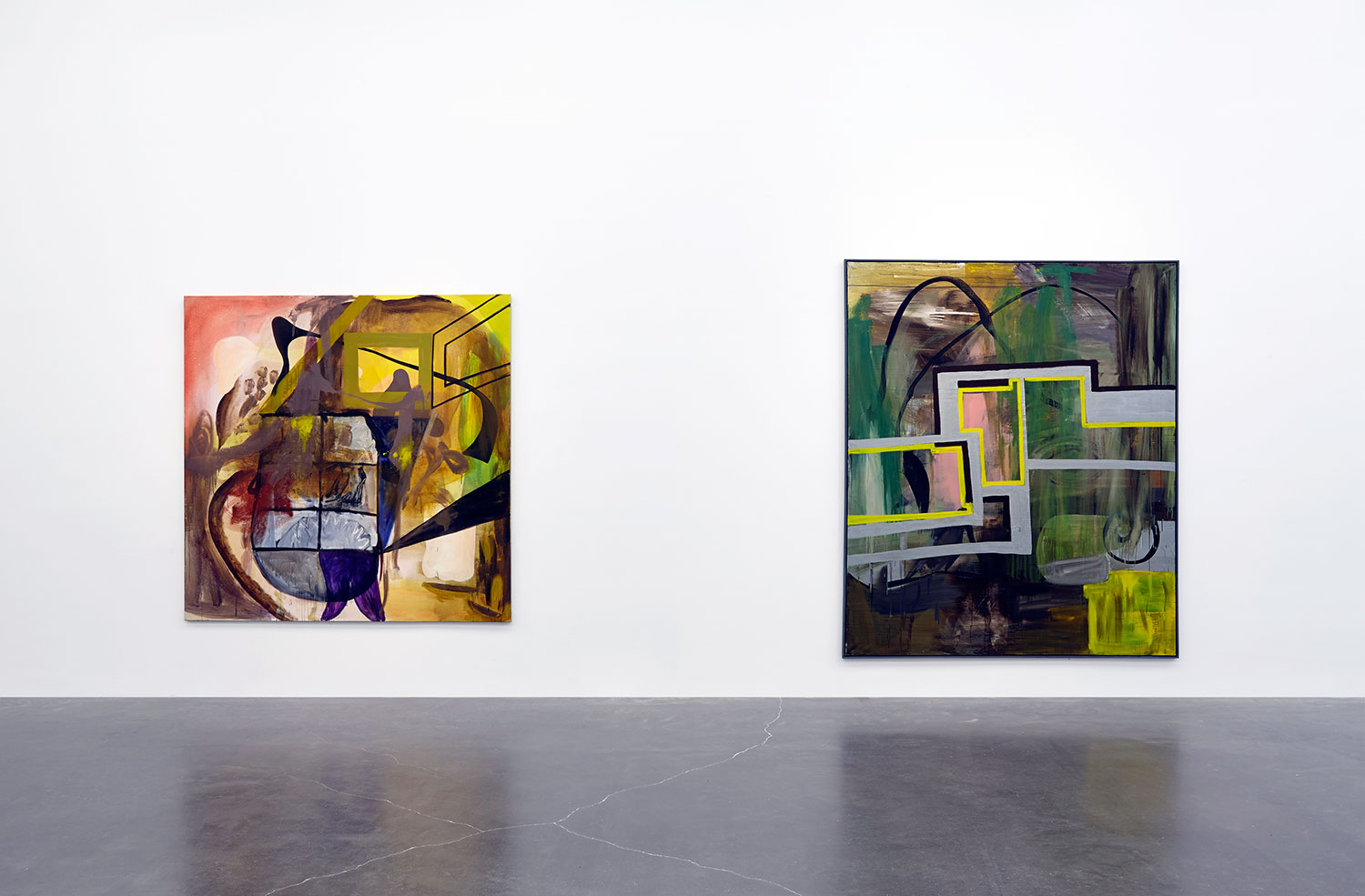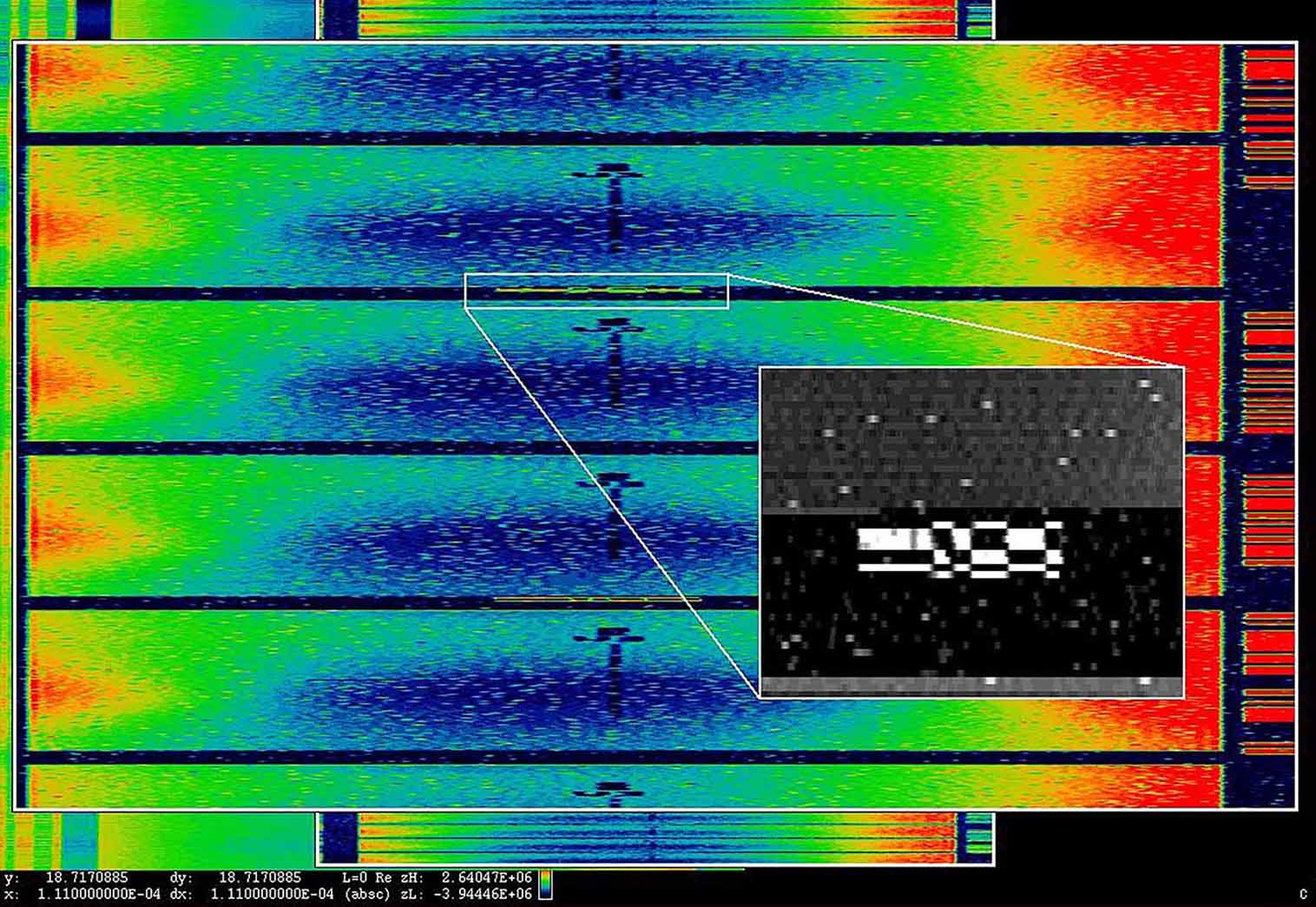“The Keeper” assembles personal archives and artworks, documentation and curios; it addresses the human desire to collect and preserve, as well as the museum’s role in this process of valuation.
On my way to revisit the exhibition, I paused at Prince Street and Bowery. From across the street, the building appears like a messy stack of archival boxes wrapped in a gauzy, hypoallergenic cotton batting.
A showstopper of the exhibition is Ydessa Hendeles’s Partners (The Teddy Bear Project) (2002). A collection of three thousand black-and-white photographs of children and adults and their teddy bears, the archive takes the form of a densely packed library. Dark-stained display cases highlight more pictures, letters and several antique bears, and viewers have access to a second level via spiral staircases at each end of the gallery. The collection, which spans the twentieth century, is rife with melancholy and endeavors to recover a sense of lost innocence. At the same time, its overwhelming scale borders on a single-minded fanaticism — I partly dread that a photograph hanging at my parents’ house will end up here.
Many of the works test the boundaries of documentation. While a prisoner at Auschwitz, the anonymous MM illustrated the humiliation, acts of violence, and misery visited upon the prisoners at the camp. The caricaturist style of these drawings, however, feels incommensurate with the atrocities they reveal. What visual language would not betray its incapacities in the face of the Holocaust? Elsewhere in the exhibition, we find antiquities recovered from the National Museum of Beirut following the Lebanese Civil War. Melted, broken or fused together, these trinkets are symbols of violent historical upheaval and war’s distortion of material facts.
The Keeper sometimes risks fetishizing the impulse to curate and collect — how many boutiques imitate the room filled with knotted ropes and crystals? But at a time when the database is the locus of power and control, the exhibition exposes the political stakes behind the organizational impulse. In Susan Hiller’s The Last Silent Movie (2007–08), subtitles translate native speakers of extinct or endangered languages. They tell anecdotes and inscribe this last record of their language with humor and trauma, spirituality and scatology. The monitor is blank save for the white text — only the language remains when we do not.




